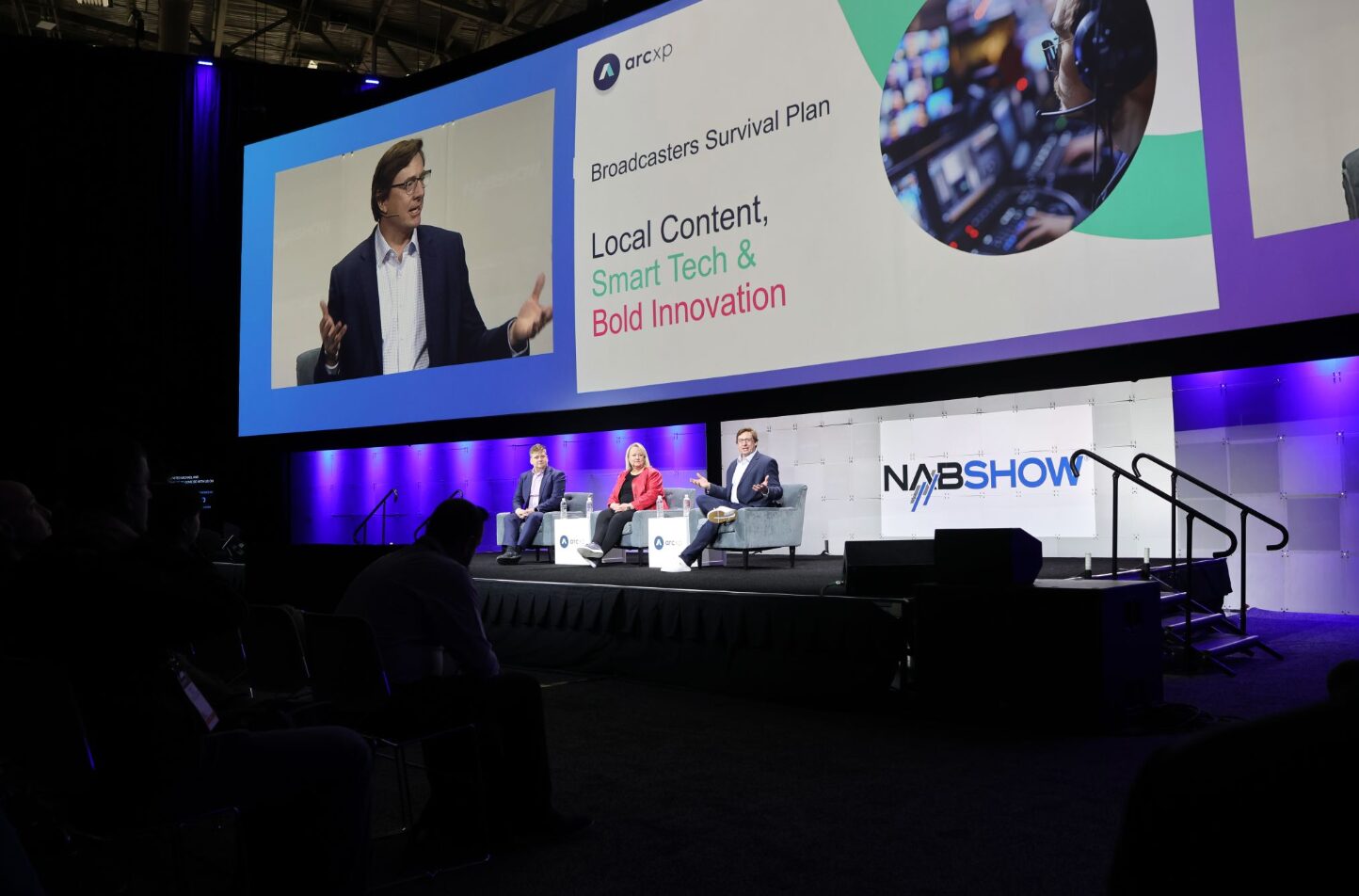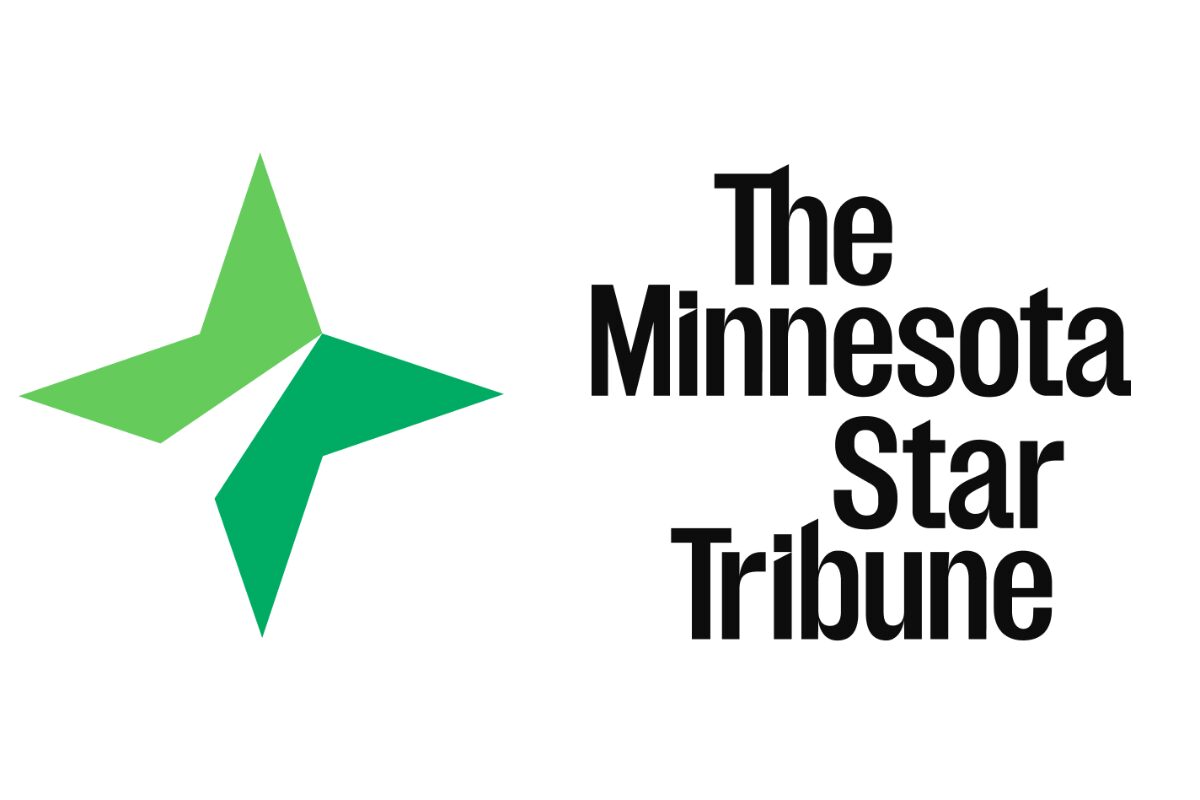Hybrid CMS vs Headless CMS vs. Traditional CMS

In today’s fast-paced digital landscape, Content Management Systems (CMS) play a pivotal role in helping businesses manage, create, and distribute their online content. As the demands of modern content consumers evolve, so do the technologies that power the web. Among these technologies, three distinct CMS approaches have emerged: Hybrid CMS, Headless CMS, and Traditional CMS. Each approach offers a unique set of features and benefits, catering to various business needs and content delivery strategies.
Understanding the CMS Landscape
What is a traditional CMS?
A traditional CMS, often referred to as a “coupled” CMS, has been the stalwart of online content management for years. It combines content creation, management, and presentation in a single platform. Popular systems like WordPress, Joomla, and Drupal fall under this category. Traditional CMS platforms provide user-friendly interfaces that seamlessly integrate content creation and design. However, they can be limiting when it comes to adapting to diverse digital experiences and emerging technologies.
Pros:
- User-Friendly: Traditional CMS platforms are designed with user-friendliness in mind, making them accessible for content creators and marketers without technical backgrounds.
- Integrated Solution: Content creators can see how their content will look as they create it, streamlining the content creation process.
- Vast Plugin Ecosystem: Traditional CMS platforms offer a wide range of plugins and themes, allowing users to customize their websites without extensive coding.
Cons:
- Limited Flexibility: Traditional CMS platforms can be limiting when it comes to creating complex and dynamic digital experiences.
- Dependency on Themes: Customization is often tied to pre-built themes, limiting the uniqueness of the design.
- Scalability Challenges: As websites grow and traffic increases, traditional CMS platforms might struggle to maintain performance.
What is a hybrid CMS?
The hybrid CMS seeks to strike a balance between the traditional and headless approaches. It retains the user-friendly content creation and management of a traditional CMS while allowing for more flexible content delivery. This is achieved by utilizing APIs to distribute content to different channels, similar to a headless CMS. A hybrid CMS is a great option for businesses that value ease of use and also wish to future-proof their digital experiences.
Pros:
- User-Friendly Content Creation: Like traditional CMS platforms, hybrid CMS offers an intuitive interface for content creation and editing.
- Content Flexibility: Content can be delivered to various platforms, making it suitable for multi-channel strategies.
- Scalability: Hybrid CMS platforms can handle increased traffic and complex content requirements.
Cons:
- Limited Flexibility: While more flexible than traditional CMS platforms, hybrid CMS may not offer the same degree of frontend flexibility as a pure headless CMS.
- Development Constraints: Customizing front-end experiences might still be subject to platform limitations.
What is a headless CMS?
On the other end of the spectrum, a headless CMS decouples content creation and presentation, offering unparalleled flexibility. With a headless CMS, content is stored and managed separately from its display structure. This enables content to be delivered to various devices and platforms via APIs. Developers have the freedom to choose the frontend technology, making it ideal for creating dynamic and personalized user experiences.
Pros:
- Flexibility and Freedom: Headless CMS systems offer developers greater frontend technology stack flexibility, enabling the creation of unique and customizable user experiences by decoupling from the presentation layer.
- Content Reusability: Reproduce content across various platforms to streamline content management, enhances efficiency, and maintain consistency across channels.
- Scalability and Performance: Its architecture decouples content storage and delivery, facilitating independent resource scaling for a seamless user experience during traffic spikes.
Cons:
- Complexity for Non-Developers: It can pose usability challenges for non-technical content editors due to its coding and integration requirements, potentially making it less user-friendly than traditional CMS interfaces.
- Development Time and Costs: Developing a headless CMS frontend can be initially costlier and time-intensive due to the need for custom templates and layouts across platforms, while traditional CMS platforms often provide more pre-built solutions.
- Content Preview and Workflow: Certain headless CMS systems may lack comprehensive content preview and workflow tools found in traditional CMS platforms, potentially hindering content review and collaboration prior to publication.
Comparing hybrid vs headless vs traditional CMS
Hybrid CMS vs Headless CMS
The primary distinction between a headless CMS and a hybrid CMS lies in the degree of separation between content creation and presentation. In a headless CMS, developers have complete control over the frontend, enabling them to craft unique and immersive experiences. On the other hand, a hybrid CMS maintains a tighter connection between content creation and presentation, which can be advantageous for non-technical users.
Headless CMS vs Traditional CMS
A headless CMS stands in stark contrast to a traditional CMS in terms of flexibility and adaptability. Traditional CMS platforms offer a comprehensive solution for those who prioritize convenience, but they might struggle to keep up with the demands of multi-channel content delivery. In contrast, a headless CMS empowers businesses to deliver content consistently across various platforms, catering to the dynamic needs of the modern user. For a powerful content creation tool, consider exploring Arc XP Composer from Arc XP.
Traditional CMS vs Hybrid CMS
The choice between traditional CMS and hybrid CMS often revolves around user-friendliness versus scalability. Traditional CMS platforms provide integrated control over content creation and presentation, ideal for non-technical users. However, their adaptability to emerging technologies and varied digital channels can be limited. In contrast, hybrid CMS strikes a balance, offering convenience in content creation while also accommodating dynamic digital experiences by decoupling content presentation.
In the ever-evolving world of digital experiences, choosing the right CMS approach is crucial. Whether you opt for the familiarity of a traditional CMS, the flexibility of a headless CMS, or the balance of a hybrid CMS, your decision should align with your organization’s content strategy and technological aspirations.
Recent resources




